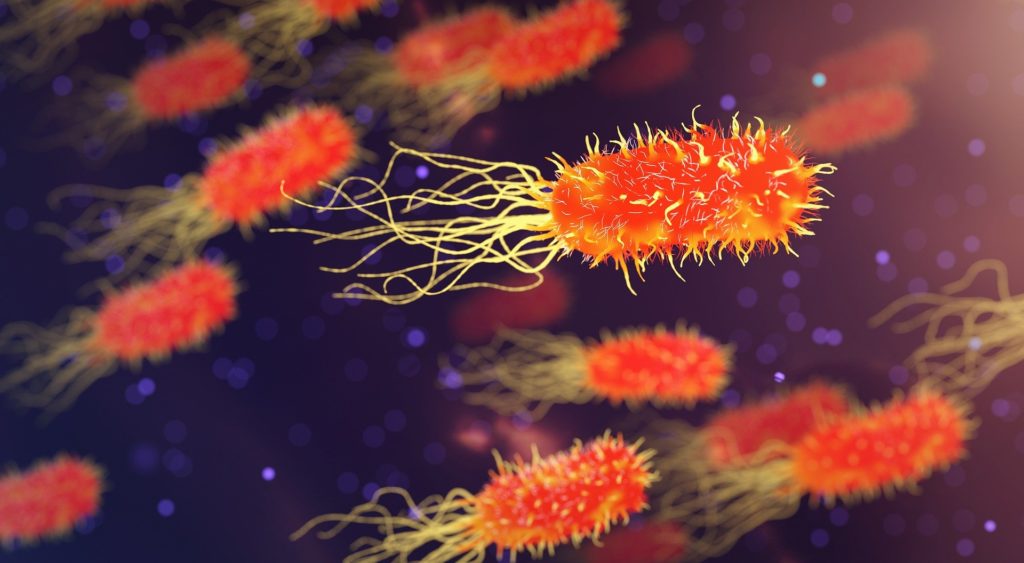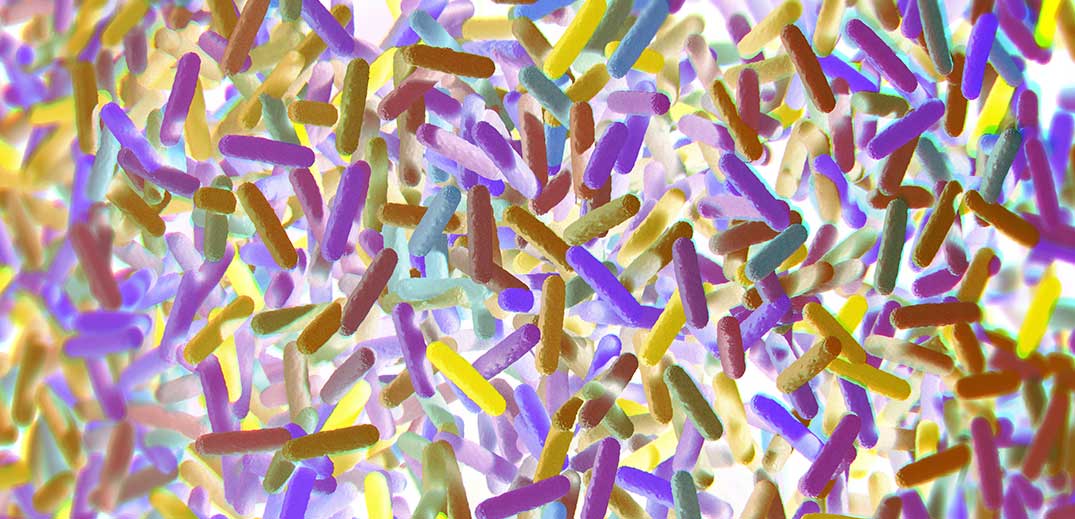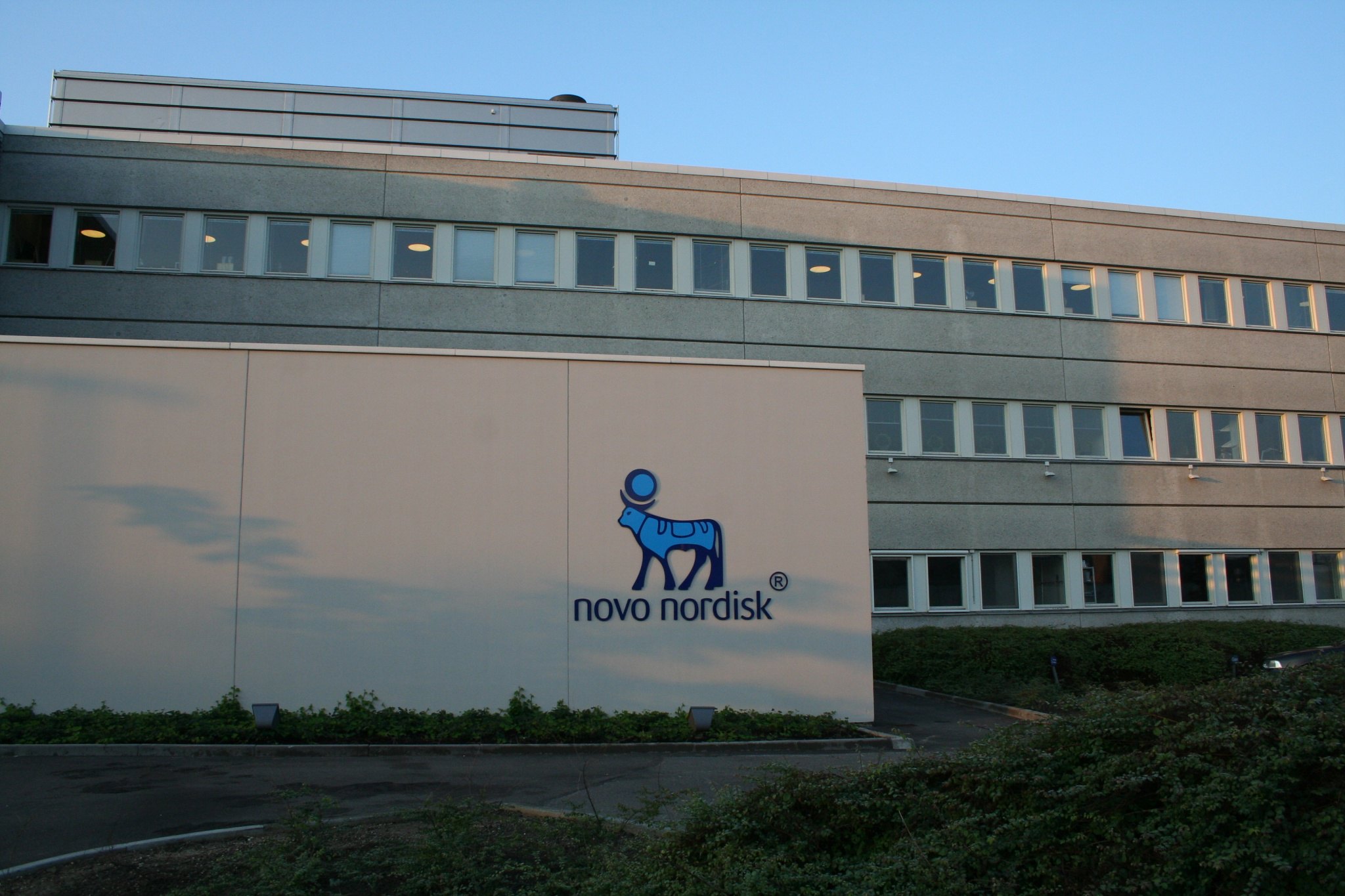The body contains about 40 trillion bacteria, outnumbering human cells by a ratio of 1.3:1 according to recent estimates. The majority of this bacteria resides in the gut, namely lining the intestines, particularly the large intestine or colon.
There are approximately 1,000 different species of bacteria in the gut, with the number of each species being carefully regulated. Perturbations to the compositional makeup of the gut microbiota, due to poor diet or excessive antibiotic use for example, can disrupt the function and health of the digestive tract, and in turn, that of the body.
Although the link between the gut microbiome and human health has long been known, researchers are only now beginning to understand the developmental pathways involved in establishing the microbiome in infancy.
In a study published in the journal Nature Microbiology, a research team at the Children’s Hospital of Philadelphia (CHOP) characterized the development of the gut microbiome in the initial hours after birth. Immediately after birth, rapid microbial colonization occurs in newborn babies during the neonatal period (i.e. less than one month) with microorganisms derived from both the mother and the environment.
In infancy, the intestinal microbiome only contains about ten different strains of bacteria – with Escherichia coli, Enterococcus faecalis and Bacteroides vulgatus being the three dominant species as they are observed in the highest numbers in babies. The researchers on the study focused on these three bacteria as they set out to understand the trajectory and pattern of microbiota colonization in the gut during the course of development.
Related: Cosmetics Meet Biotech to Investigate Skin Microbiome
In the study, genomic analysis of the bacteria, as well as evaluation of protein and metabolites in the microbiome, were conducted in 88 African-American newborns through the collection of fecal samples during the first few days after birth. In the initial hours after birth, stool samples only contain DNA from cells from the infant and not bacteria, as bacteria only begin to populate several hours after.
It was observed that measurable levels of bacteria did not appear until 16 hours after birth. The rapid growth and evolution of the microbiome in the neonatal phase was evident by the fact that multiple different strains of the three bacterial species were already appearing.
In addition, by evaluating the order in which amino acids were being utilized by the bacteria, the researchers were able to determine that the initial microbiome environment is anaerobic and not aerobic as once thought: according to previous models, the environment becomes anaerobic after bacteria begin to grow, using oxygen in the process.
Moreover, the types and levels of metabolites measured were consistent with the presence of bacteria. Molecules like acetate and succinate, which are associated with bacterial growth, were observed to be increased in samples with detectable bacteria. In addition, levels of certain proteins were lowered in samples containing bacteria, indicating that the bacteria may be consuming them to support their growth.
The role of the intestinal microbiome in infants is only now beginning to be better understood. A number of different variables can influence microbiome development.
Interestingly, recent research has shown that the method by which babies are delivered has an impact on the nature of the microbiome – i.e. babies delivered by Caesarean have bacteria that are largely associated with hospital environments, whereas vaginally-delivered babies have bacteria derived from the mother, as her microflora comes into contact with the baby during birth. Although the bacterial differences even out between the two by the age of one, further studies are needed to assess the long-term impact of these initial microbiotal differences.
The infants in the CHOP study will be followed for two years to examine the evolution of their gut microbiomes as they grow. The researchers not only hope to unravel patterns of normal microbiome development, but they also hope to find clues into how the developing gut microbiota may affect obesity later on in life.
Childhood obesity is a growing health concern in the African-American population and exploring how the gut microbiome may impact its onset can allow for better monitoring and early guided interventions.











Join or login to leave a comment
JOIN LOGIN